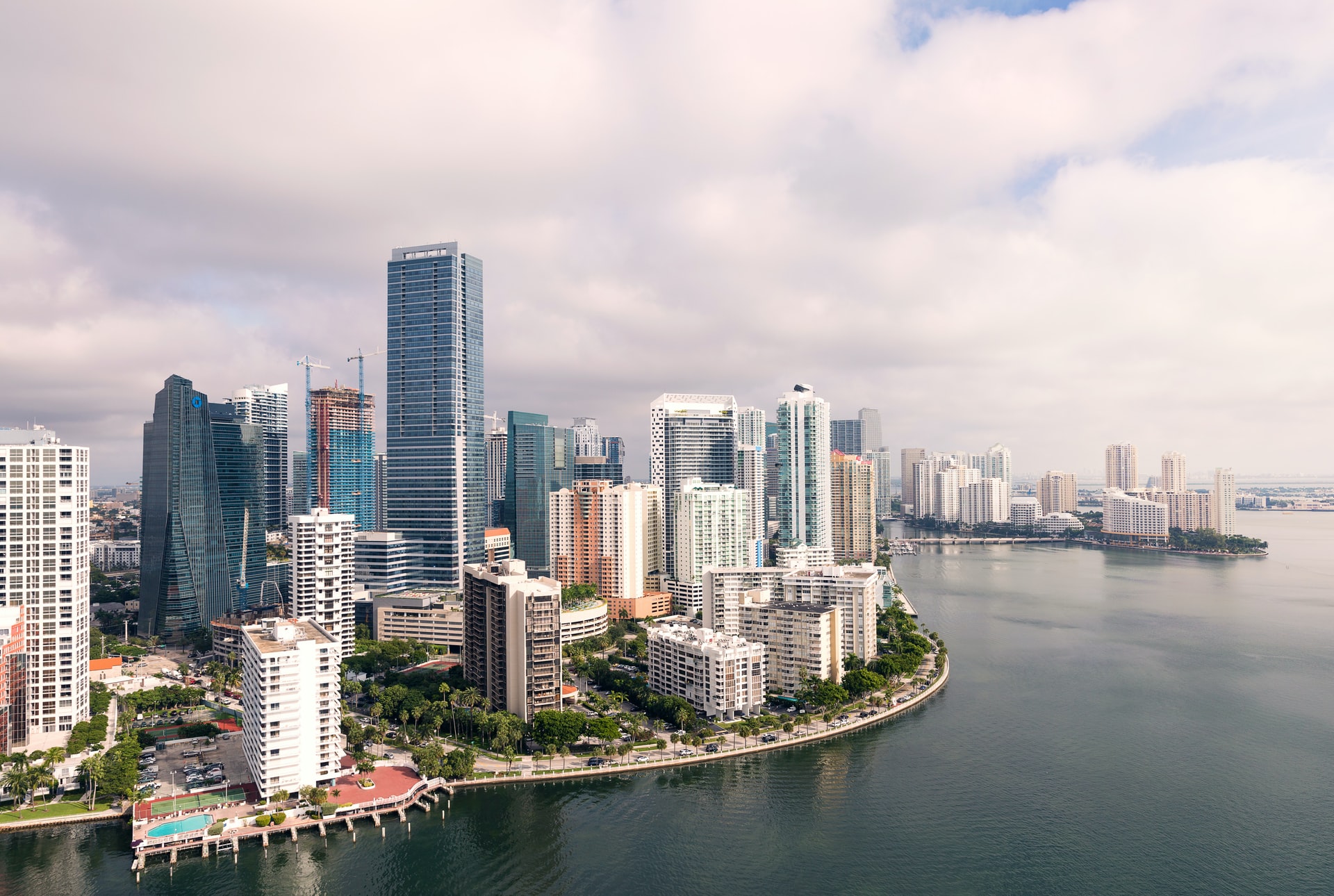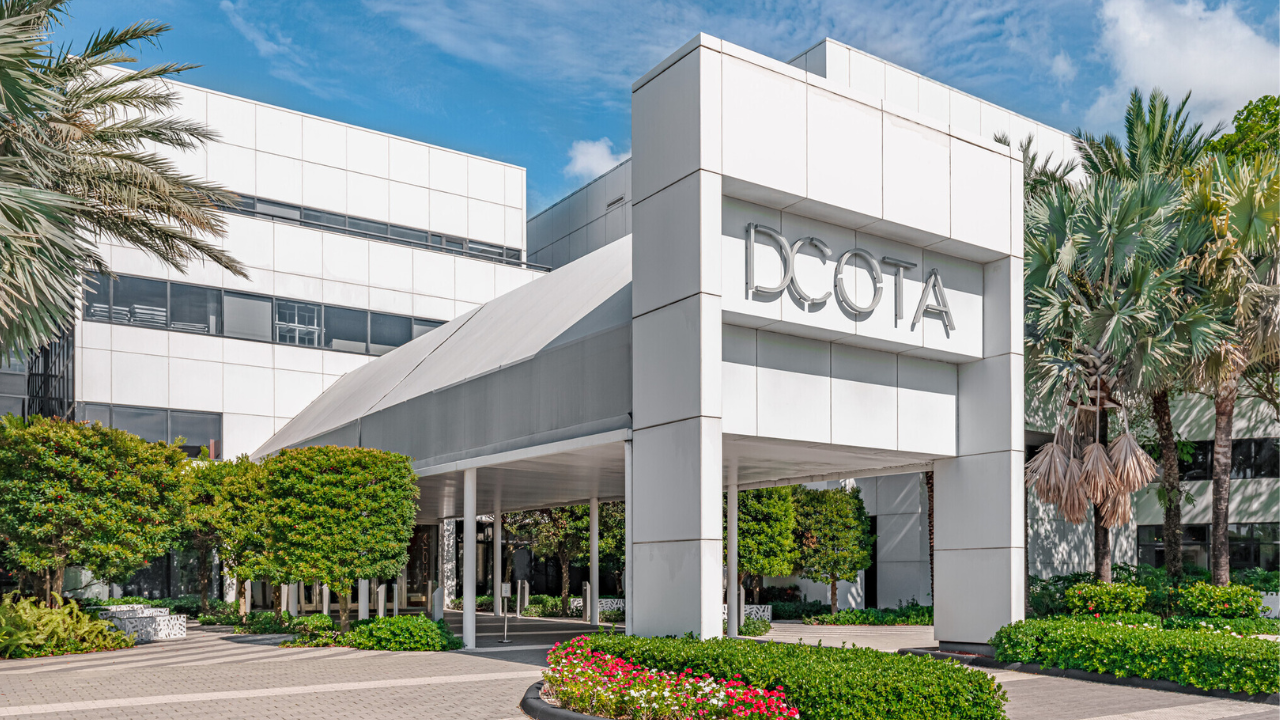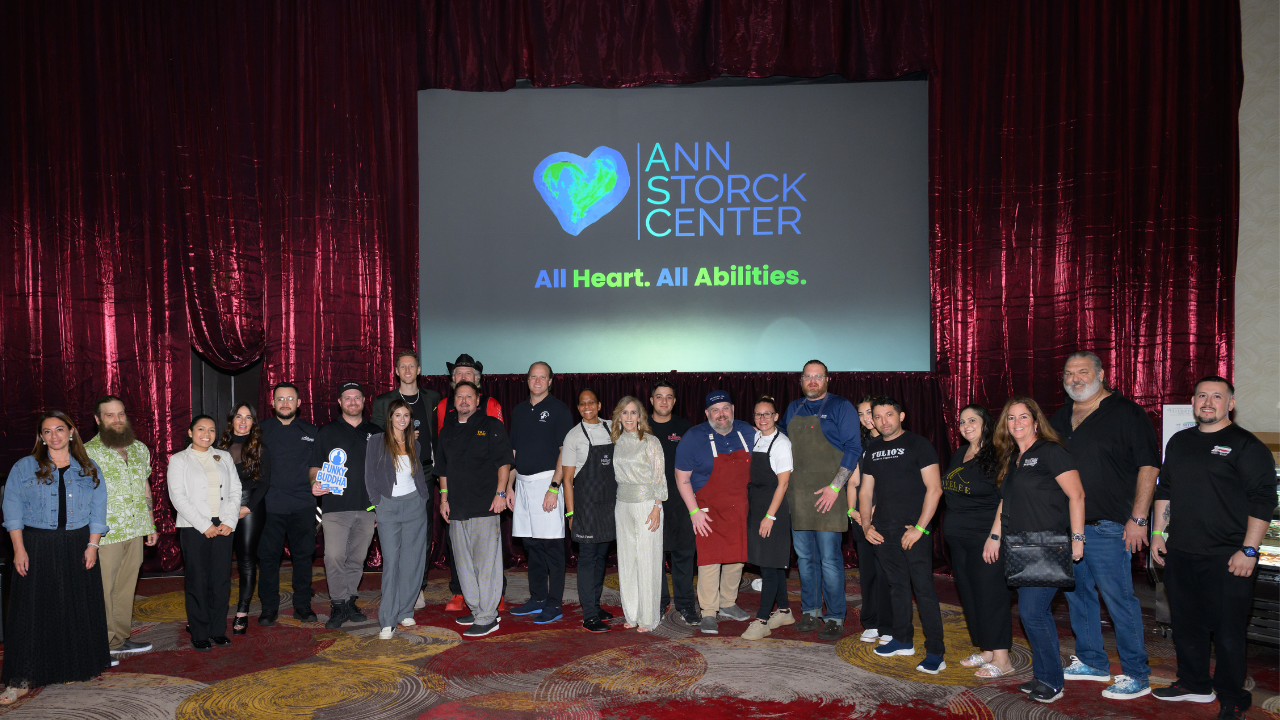[vc_row css_animation=”” row_type=”row” use_row_as_full_screen_section=”no” type=”full_width” angled_section=”no” text_align=”left” background_image_as_pattern=”without_pattern”][vc_column][vc_column_text]
It’s difficult to examine the so-called Great Migration to South Florida from New York and California without bringing up Miami Mayor Francis X. Suarez and his strenuous efforts to transform the area into Silicon Valley East or Wall Street South. Or whatever the latest catchphrase is.
There’s no denying that Miami’s 33rd mayor is a valuable local asset and effective cheerleader. Telegenic and locally educated (he earned his bachelor’s degree from Florida International University and his law degree from the University of Florida), the charismatic 43-year-old is a moderate Republican in a nonpartisan position. In addition to portraying himself as a facilitator of growth and opportunity, he is serious about climate change and income disparities, having overseen a $400 municipal bond initiative to address rising sea levels and generate affordable housing. A strong ally of the LGBT community, Suarez is the kind of Michael Bloomberg-type politician that New Yorkers and Californians can envision getting behind.
The mayor aims to be the man of the migration moment, and, indeed, if Miami manages to morph into a major tech hub, one oft-cited tweet exchange will be one for the history books: On Dec. 4, 2020, venture capitalist and Founders Fund principal Delian Asparouhov tweeted, “ok guys hear me out, what if we move silicon valley to miami?” Solicitous Suarez was quick on the draw: “How can I help?” His response spread far and wide, garnering more than two million impressions, spawning a hashtag and a T-shirt.
By the time of that tweet exchange, the COVID-19 pandemic had already inspired a nascent migration from New York, as billionaire businessman Carl Icahn announced that he was moving Icahn Enterprises to Miami, and billionaire hedge fund manager Paul Singer revealed that he was relocating Elliott Management to West Palm Beach. Even Jamie Dimon, the chairman and CEO of JPMorgan Chase, who is closely identified with New York, was said to be considering a move to Florida despite his reservations about the state’s educational climate. If the pandemic-related flight from Manhattan’s density helped to drive these moves, Florida’s weather, beaches and favorable tax environment didn’t hurt, either.
If Icahn’s and Singer’s announcements jolted the business community back in the summer and fall of 2020, by now the trifecta of finance, VC and tech is coming into sharper focus, as top earners in these fields are fleeing New York, Los Angeles and San Francisco to snap up multimillion-dollar waterfront properties in South Florida. But obstacles loom. Suarez, despite his evident commitment and eager charm offensive, is far from omnipotent. As noted in a recent Real Deal piece penned by Katherine Kallergis, “Suarez’s powers as mayor are limited, and when he proposed becoming a strong mayor in 2018, Miami residents trounced the measure, leaving the city commission and the city manager with most of the clout. (There are 34 municipalities in Miami-Dade County, 31 in Broward and 39 in Palm Beach County. Suarez is mayor of just one city.)”
In the same article, condo market consultant Peter Zalewski was bearish about Suarez’s aspirations: “Politicians sell a dream and a vision,” he said. “The problem is he doesn’t have the juice to be able to pull this off.” The Wall Street Journal’s Arian Campo-Flores has also acknowledged the skunks at the garden party: “Skeptics say much of the migration involves small firms that aren’t major job creators or wealthy executives moving for personal reasons,” she observed in a recent piece. “An effort to create a tech hub in Miami during the 1990s dot-com boom withered after the boom turned to bust.” A 2020 CBRE study found that 14,700 tech jobs were added in South Florida between 2015 and 2019, a promising—if not stellar—finding.
In addition, the region’s oft-cited weaknesses keep coming up as deficits to growth: heavy traffic, modest public transportation and the lack of top-20 universities to provide a strong talent pipeline. (SFBW reviewed the state’s higher education landscape in the February 2021 issue.) “You don’t have the Stanfords, MITs and Berkeleys churning out entrepreneur talent,” David Goldberg, general partner at Alpaca VC, bluntly told the Real Deal (in an echo of Dimon’s concerns). Goldberg, who was educated in Miami (bachelor’s degree, University of Miami) and New York (JD and MBA, Fordham), moved back to Miami last August and appears to be reserving his judgment. He questions the ambition and drive of the local workforce—and even throws shade on its “potentially shady” reputation.
Blackstone chief technology officer John Stecher holds the opposite view: “You’ve got a great college ecosystem—one-quarter of all university students in Florida are in the Miami area, and they tend to want to stay near where they’ve graduated,” Stecher told the Miami Herald. “We want, from a tech perspective, a peer to New York in terms of talent, and the population and universities, and the tech pipeline, all that mirrored what we [have] here.” Most would call that comparison a stretch, as New York City is located within 300 miles of no less than 10 top 20 universities, according to U.S. News & World Report’s rankings. The entire state of Florida has zero in that bracket.
And there’s another big question mark that complicates all the talk of exiling to South Florida. Given the era of COVID, the acceleration and desirability of remote work, and the globetrotting lifestyles of the monied class who are ostensibly part of this southern exodus, “moving” is an ambiguous concept. Billionaires tend to hold onto their boardrooms and homes in Manhattan, the Hamptons and California, even as they purchase and lease new mansions and office space in Miami and Palm Beach. On a less-rarified plane, talented techies and other creatives are lured to new jobs by the promise of flexibility and independence; they like to haul their laptops to Tulum and Kauai on a regular basis. What this all means for commercial office space, community and “home” in South Florida is unclear. It’s hard to understand a transition when you’re in the midst of it.
Still, the headlines about relocations and jaw-dropping residential purchases by boldface business names keep coming. The pace of migration news, just over the past eight months, has been dizzying.
Our timeline may help you get your hands around it.
[/vc_column_text][vc_empty_space][vc_single_image image=”73495″ img_size=”full” qode_css_animation=””][vc_empty_space][vc_single_image image=”73494″ img_size=”full” qode_css_animation=””][/vc_column][/vc_row]














